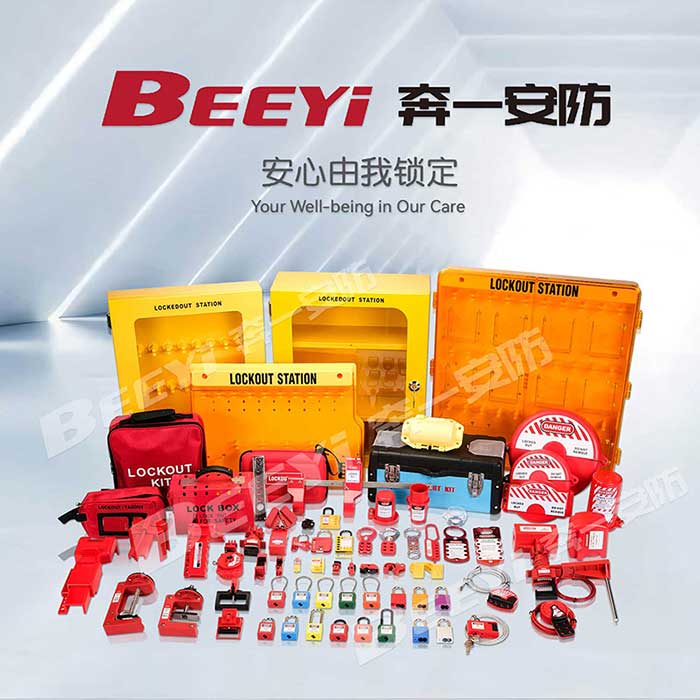Lockout/Tagout (LOTO) is a fundamental safety procedure implemented across various industries to ensure the safety of workers during maintenance, repair, and servicing of machines and equipment. One key aspect of this procedure is the use of LOTO tags, which serve as visual warnings to prevent accidents and ensure proper safety protocols are followed. These tags play a crucial role in ensuring that dangerous equipment does not start up unexpectedly, preventing electrical, mechanical, hydraulic, or pneumatic energy from being released while workers are servicing equipment.

The Role of LOTO Tags in Workplace Safety LOTO tags are an essential part of the lockout/tagout system, which involves both physical locks and clearly visible warning tags placed on equipment. These tags are designed to communicate the current status of the equipment, specifically indicating that it has been locked or tagged out to prevent operation. A LOTO tag is attached to the energy-isolating device of machinery to notify workers that the equipment is not to be operated until the tag is removed, and the lock is released by the authorized personnel. In addition to safety, LOTO tags are a key compliance requirement under regulations such as the Occupational Safety and Health Administration’s (OSHA) Lockout/Tagout standard (29 CFR 1910.147) in the United States. This regulation stipulates that all hazardous energy sources must be effectively controlled during servicing or maintenance. The proper use of LOTO tags is a critical component of this standard, ensuring the risk of accidental injury is minimized.